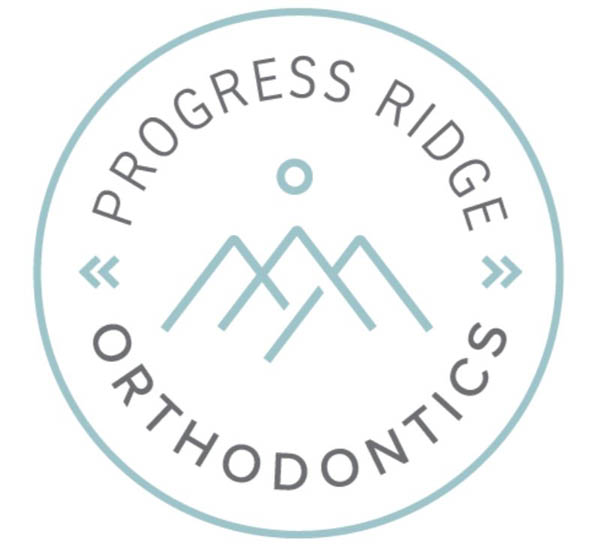SURGERY
Gingivectomy:
Sometimes during braces, overgrowth of the gums can happen for a variety of reason (i.e. poor oral hygiene, allergic reaction to braces, rapid movement of the teeth). The result of overgrown gums can make the smile look uneven, teeth look shorter, and can even result in relapse of your orthodontic results. Therefore, it is sometimes necessary to surgically remove the gum tissue back to its original position or lengthen the teeth to give the final result a balanced and better appearance during or after orthodontic treatment.
Subcrestal Fiberotomy:
When teeth are severely out of line or rotated compared to the other teeth, there is a risk that the tooth may want to return to its original position after braces are off. In these cases, we may consider doing a subcrestal fiberotomy at the end of treatment. A fiberotomy or pericision is an orthodontic surgical procedure designed to sever the gingival fibers around a tooth. It usually reduces the tendency of tooth rotations corrected by dental braces or other treatments from relapsing.
Frenectomy/Frenulectomy:
If you have a gap between your two front teeth, it may have been caused by a small muscle/tissue attachment called a labial frenum. The labial frenum is a small fold of tissue that is meant to prevent the lip from moving too far from the upper jaw, however, in some people it creates a gap between the upper front teeth by pulling the gums away from the teeth or constantly creating pressure so the upper teeth are unable to stay together. In these cases, a frenectomy is recommended to detach the frenum tissue and allow the area to remain undisturbed and give the best chance for the gap to remain closed after braces.
Canine Exposure:
Canines, or the “eyetooth”, are the second most commonly impacted teeth right behind the wisdom teeth. Canines normally erupt into the mouth from age 9-12. However, if the teeth are too crowded and there is not enough space for them to come in or they are in an odd position, the canines could be impacted or “stuck”. In cases like these, the teeth need to be located, surgically exposed, an attachment placed, and then guided into the proper position with braces.
TAD-Temporary Anchorage Device
Temporary Anchorage Devices (TAD) are specially engineered titanium mini implants that are placed in the jaw to help facilitate more efficient movement of the teeth. Much like regular implants, TAD’s need to be surgically placed in the jaw and is left in place until the desired tooth movement has been achieved. Once treatment is finished, the TAD is then removed and the tissue heals with minimal to no lasting scars.
Because Dr. Park is also a periodontist, Progress Ridge Orthodontics is able to offer these services to our patients and eliminates the need to find another doctor to provide these surgeries that aid in having a properly finished orthodontic result.
